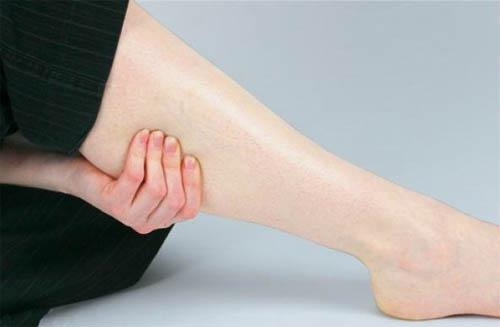
Causes of venous ulcers
A small injury, insect bite, or minor infection which would normally heal, instead progresses, and an area of skin breakdown results. This does not heal and is called an ulcer. There are many theories to explain why the raised pressure in abnormal leg veins leads to skin problems. There are many other factors that prevent ulcers from healing such as infection, poor blood supply via the arteries and reduced sensation via damaged nerves. These may all interact with venous disease producing a complex problem. Achieving healing in a difficult ulcer can be a major challenge and may require a team of specialists.
Types of leg ulcers
The three most common etiologies of lower extremity ulcers are:
Symptoms and Treatment
These symptoms are often worse in women during their menstrual periods:
Any of this problems which can lead to Venous Ulcers should not be left untreated so that the problem can be prevented.
Final assessment is to be done by the surgeon.
Treatment is to be done under strict medical supervision because the patient requires intensive medical treatment.
Underlying the pathogenesis of venous ulceration is venous hypertension. Therefore, the use of multilayered compression therapy is the gold standard in the treatment of a venous ulcer.
As treatment progresses, an important determinant of response is wound assessment, which should be performed on initial visit and subsequently thereafter. Among the methods to assess improvement are digital photography and planimetry, which are objective methods to measure response to treatment and rate of wound healing. Lack of improvement over a 2-to 4-week period is predictive of eventual lack of response to therapy and suggests the need for adjunctive methods to achieve success, such as oral pentoxifylline, tissue-engineered skin, or skin grafting.
Leave a Comment